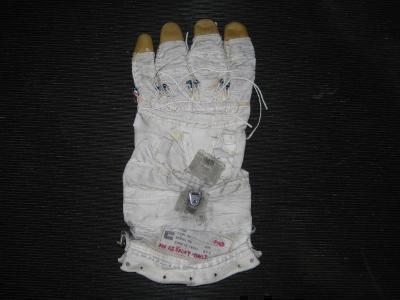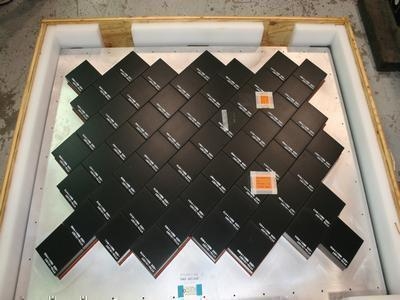Conducted An Audit Of Agency's Historically Significant Inventory
NASA's Office of Inspector General (OIG) has conducted an audit of the inventory of the agency's historic property, which found that a significant number of artifacts have been lost.

According to the report released Monday, the OIG found that NASA’s processes for loaning and disposing of historic personal property have improved over the past 6 decades, but a significant amount of historic personal property has been lost, misplaced, or taken by former employees and contractors due to the Agency’s lack of adequate procedures.
Reclaiming this historic property has proven challenging because of the significant effort required to find the property as well as the Agency’s reluctance at times to assert an ownership claim over the items. In addition, past efforts to recover historic personal property have been thwarted by NASA’s poor record keeping and a lack of established processes for timely coordination of recovery efforts. For example, poor record keeping contributed to the Agency losing possession of an Apollo 11 lunar collection bag that contained lunar dust particles.
In other cases, NASA’s delay or reluctance in asserting ownership of an item has led to missed opportunities to retrieve historical property. For example, a U.S. Air Force historian noticed what he thought was a NASA prototype Lunar Rover Vehicle in a residential neighborhood in Alabama and reported his sighting to NASA, who then referred the information to the OIG. The OIG contacted the individual in possession of the rover, who expressed interest in returning the vehicle to NASA. The OIG requested NASA assert ownership of the rover and, if appropriate, make plans to accept it as a donation; however, after waiting more than 4 months for a decision from the Agency, the individual sold the rover to a scrap metal company. NASA officials subsequently offered to buy the rover, but the scrap yard owner refused and, realizing its historical value, sold the vehicle at auction for an undisclosed sum.

The OIG also found that NASA does not have adequate processes in place to identify or manage its heritage assets, which are predominantly personal property. First, the Agency has not adequately defined the roles and responsibilities of Agency officials responsible for identifying and managing such assets. None of the personnel from the two Centers that were visited— Ames Research Center (Ames) and Kennedy Space Center (Kennedy)—could explain who was responsible for originally designating heritage assets or why an item was designated. Moreover, while NASA has procedures to address the management of heritage assets, we found these procedures are often in conflict with other procedures, are vague, and do not adequately describe the processes intended to identify and preserve the assets.
In addition, the OIG found that NASA may not be the most appropriate entity to manage certain heritage assets. For example, the Agency categorizes 815 pieces of artwork as heritage assets, the majority of which remain in storage rather than on display at NASA Centers because maintaining the correct temperature, humidity, and lighting to ensure their proper preservation can be costly. Transferring these assets to an outside organization, such as the Smithsonian Institution, would allow the art to be more effectively preserved and displayed.
To improve the NASA’s management of historic personal property, heritage assets, Space Shuttle artifacts, and funds generated from NHPA leases, the OIG has made five recommendations to NASA:
- develop a process to more effectively identify, validate ownership of, and coordinate within NASA and/or other federal agencies on the recovery of historic property;
- develop comprehensive procedures for identifying and managing heritage assets;
- evaluate and justify the existing list of NASA- and contractor-held heritage assets to determine whether the Agency is the most effective owner and what property should be retained;
- ensure Space Shuttle Columbia and Challenger artifact agreements are signed, appropriately updated, and include all necessary loan terms, including a security plan developed by the borrower and reviewed by Kennedy's Office of Protective Services; and
- ensure NASA policies and procedures for using the proceeds from facilities leased under NHPA appropriately align with Agency goals.
(Source: NASA OIG report. Image from file)
 ANN's Daily Aero-Linx (04.17.24)
ANN's Daily Aero-Linx (04.17.24) ANN's Daily Aero-Term (04.17.24): Jamming
ANN's Daily Aero-Term (04.17.24): Jamming ANN's Daily Aero-Linx (04.18.24)
ANN's Daily Aero-Linx (04.18.24) Aero-News: Quote of the Day (04.18.24)
Aero-News: Quote of the Day (04.18.24) ANN's Daily Aero-Term (04.18.24): Hold-In-Lieu Of Procedure Turn
ANN's Daily Aero-Term (04.18.24): Hold-In-Lieu Of Procedure Turn




